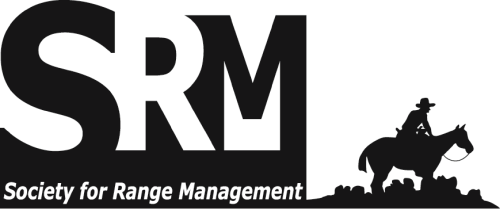Perennial shortgrasses were delayed in responding to removal of a dense broom snakeweed population ($387/{\rm m}^{2}$) because of low initial vigor. However, after 1 year, grass production increased by 107% (1,175 kg/ha) and after 2 years, by 324% (2,201 kg/ha) compared to undisturbed stands. Reducing snakeweed density by 25 or 50% did not affect forage production during the 2-year study. Estimated carrying capacity of the shortgrass rangeland was increased from 1 A.U./26 ha to 1 A.U./6.1 ha by the second year after complete removal of broom snakeweed. Juvenile broom snakeweed plants utilized soil water from the upper 15 to 45 cm. Soil water depletion was increased after perennial grasses regained vigor following complete removal of snakeweeds. Precipitation-use efficiency for production of usable forage was 2.1 and 4.3 times greater on broom snakeweed-free rangeland than on infested rangeland at 1 and 2 years, respectively, following removal of snakeweed. This material was digitized as part of a cooperative project between the Society for Range Management and the University of Arizona Libraries. The Journal of Range Management archives are made available by the Society for Range Management and the University of Arizona Libraries. Contact lbry-journals@email.arizona.edu for further information. Migrated from OJS platform August 2020

Scholarly peer-reviewed articles published by the Society for Range Management. Access articles on a rolling-window basis from vol. 1, 1948 up to 5 years from the current year. Formerly Journal of Range Management (JRM). More recent content is available by subscription from SRM.